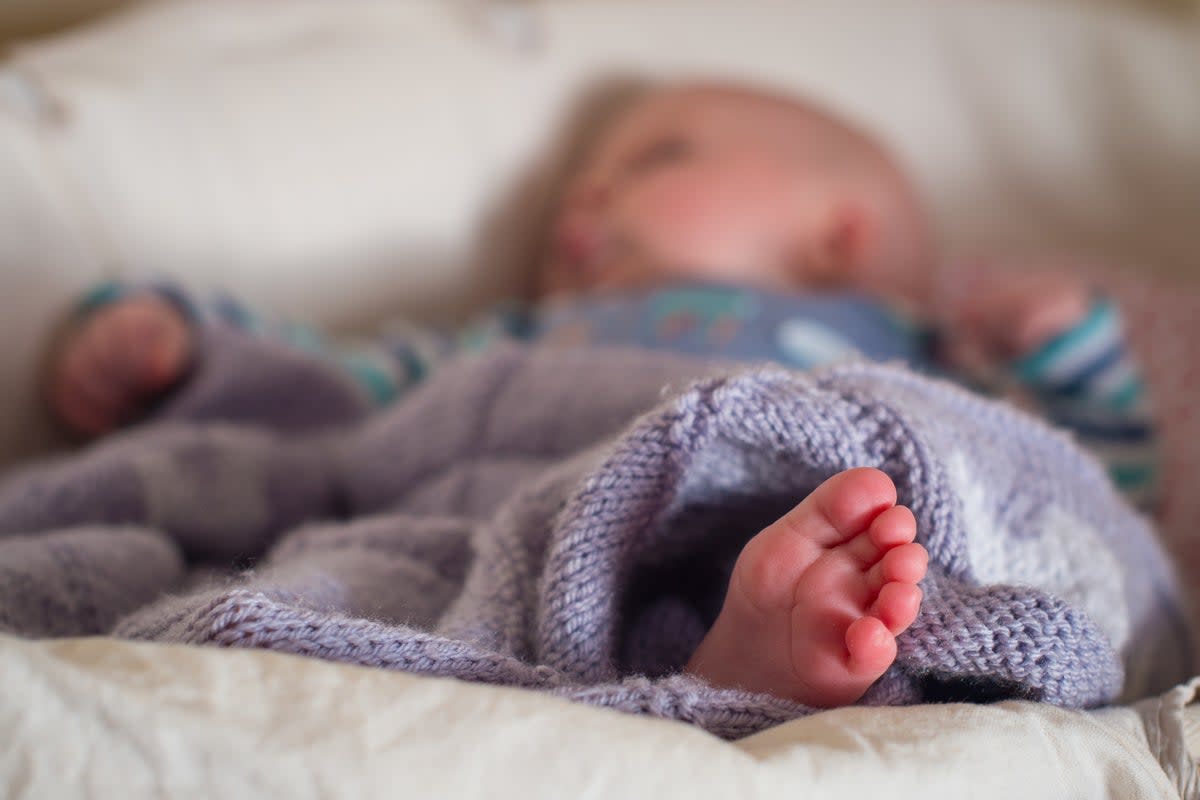How to get a crying baby to sleep in bed in 13 minutes, according to scientists

Scientists believe they have identified the best way to calm down a crying baby and get them to sleep in their cot in just 13 minutes.
It involves walking around for five minutes while carrying the infant, making sure to minimise abrupt movements, followed by around eight minutes of sitting while holding the baby before finally laying them down in the cot for sleep.
The researchers said their findings, published in the journal Current Biology, offer an “immediate solution for infant crying”, unlike other popular sleep training methods – such as letting babies cry until they fall asleep themselves.
Dr Kumi Kuroda, of the RIKEN Centre for Brain Science in Japan and one of the authors on the paper, said: “Many parents suffer from babies’ night-time crying.

“That’s such a big issue, especially for inexperienced parents, that can lead to parental stress and even to infant maltreatment in a small number of cases.”
The research involved a series of sleep-based experiments with 21 infants, aged between nought to seven months, and their mothers.
They tested four different approaches to soothe crying infants – being held by their walking mothers, held by their sitting mothers, lying in a still cot, or lying in a rocking cot.
The team found that when the mother walked while carrying the baby, they calmed down fairly quickly and their heart rates slowed within 30 seconds.
A calming effect was also seen when infants were placed in rocking cots, but not when the mother held the baby while sitting or placed the baby in a still cot.
The researchers say that these findings appear to contradict “the traditional assumption that maternal holding reduces infant distress”.
However, when the mothers tried to put their sleepy babies to bed after short walks, a third of them became alert again within 20 seconds.
Even as a mother of four, I was very surprised to see the result
Dr Kumi Kuroda
The team then found that if the babies were asleep for a longer period – for at least eight minutes or so – before being laid down, they were less likely to awaken during the process, regardless of how they were placed in the cot.
Results also showed that if the babies continued to remain asleep after being laid down, their heart rates became slower than while they were being carried.
This, according to the researchers, suggests that sleeping babies can rest better in a bed than in their mothers’ arms.
Dr Kuroda said: “Even as a mother of four, I was very surprised to see the result.
“I thought baby awoke during a laydown is related to how they’re put on the bed, such as their posture, or the gentleness of the movement.
“But our experiment did not support these general assumptions.”
She added that while the experiment involved only mothers the effects are likely to be similar in any caregivers.

 Yahoo News
Yahoo News 
